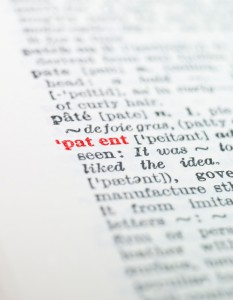I often receive comments from people who tell me “software shouldn’t be patentable.” To clarify, under Section 101 of the US Patent Laws, software per se (by itself) is not patentable. But software can be claimed in a patent application in such a way that it does comply with the US Patent Laws. That is, the claims of a patent application can be written such that the software is logic instructions which are stored on a computer readable medium (e.g., a hard disk drive) and executable by a processor to transform a machine (e.g., a computing device) to carry out transformative operations. See the US Patent Office Guidelines for computer-related inventions.
Perhaps this is a technicality, and I’ve had people tell me that this is still “patenting software.” Now we get into a philosophical discussion. For example, I’ve had someone tell me recently that “software is essentially a book written in a different language, and thus software should have stayed within the realm of copyright protection.” While I disagree – that is a book cannot be used to produce any useful result by itself – again, this is merely a philosophical discussion.
The reality is that software can be patented (if new over the prior art as defined by the patent laws, and if properly claimed). The reality is that if you are a small business or startup, or even an individual inventor that has new software, you should discuss your invention with a patent attorney and seriously consider filing a patent application for your software. We can argue all day about whether software should be patented. But the reality is that the smart companies are patenting their software everyday. Don’t believe me? Take 5 minutes and do a quick search at the US Patent Office patent search site to see some of the patents granted to major players in the software industry, like Microsoft and Apple.
